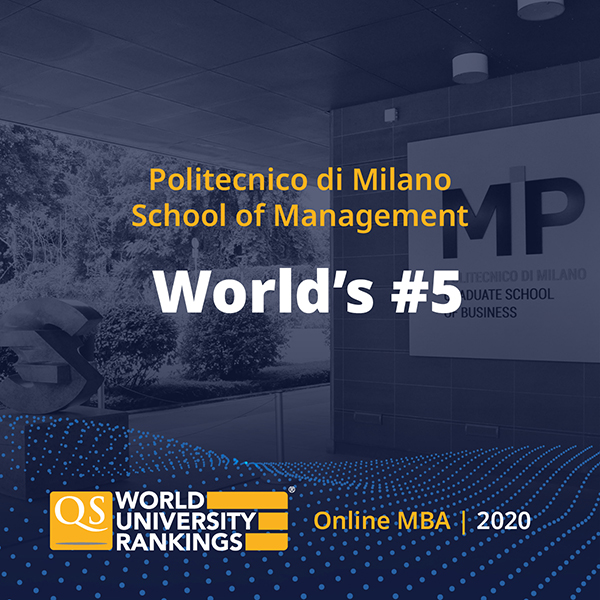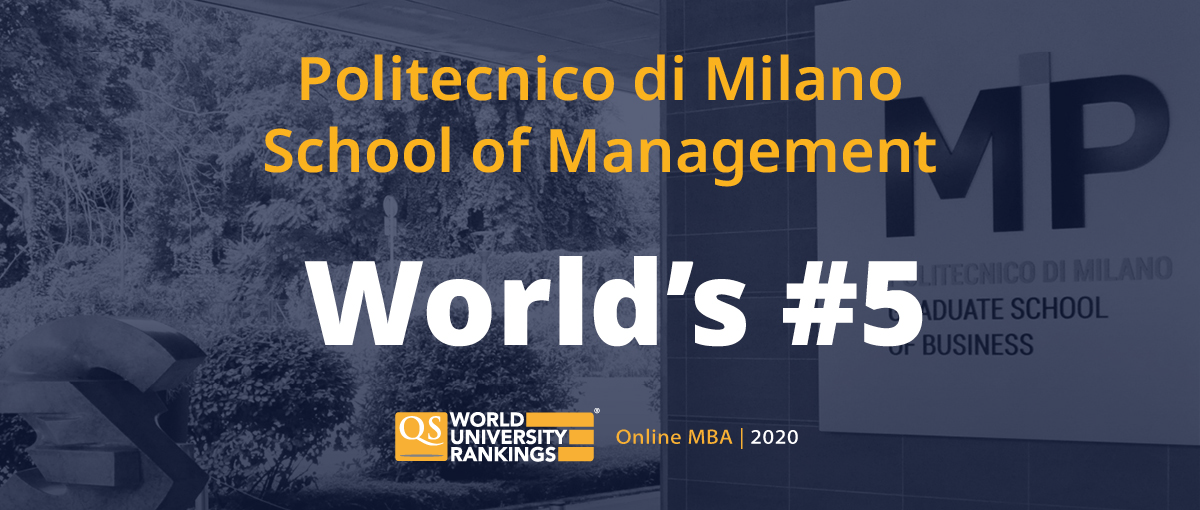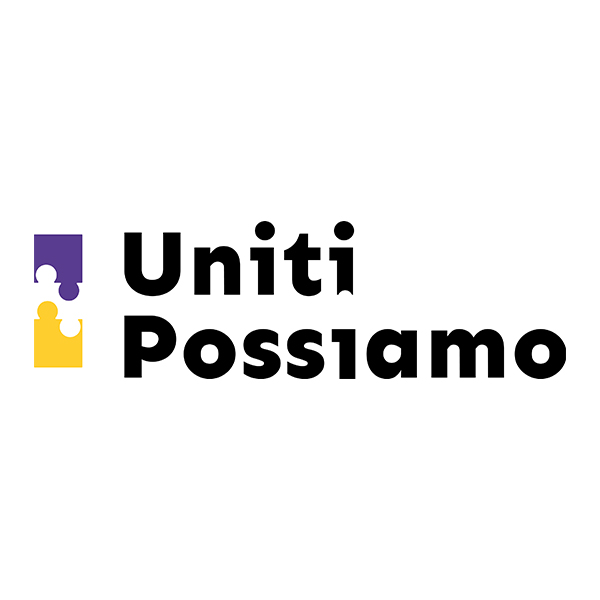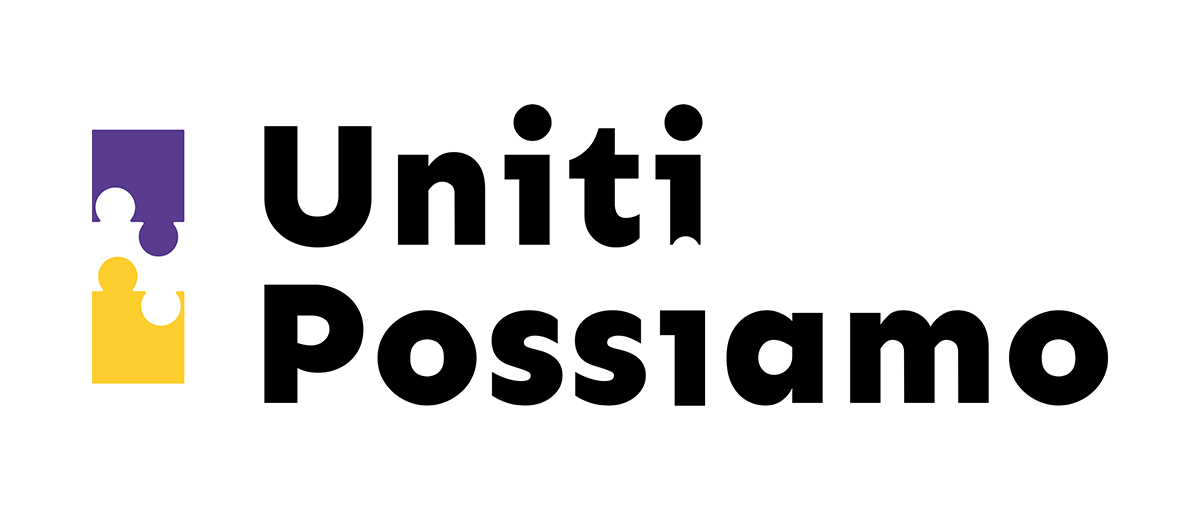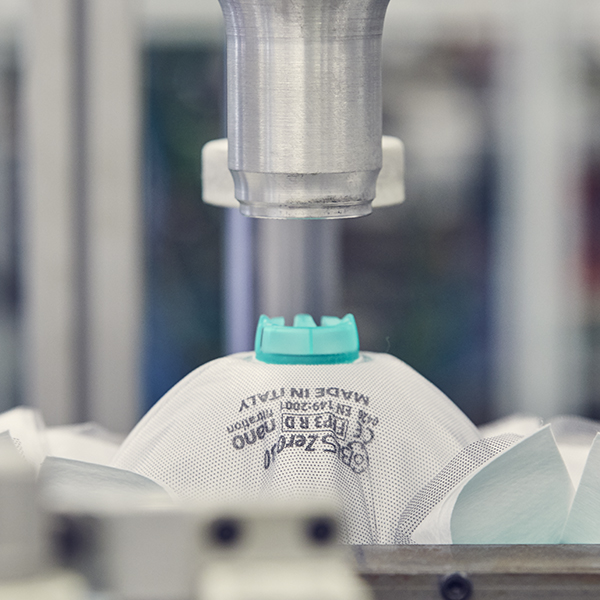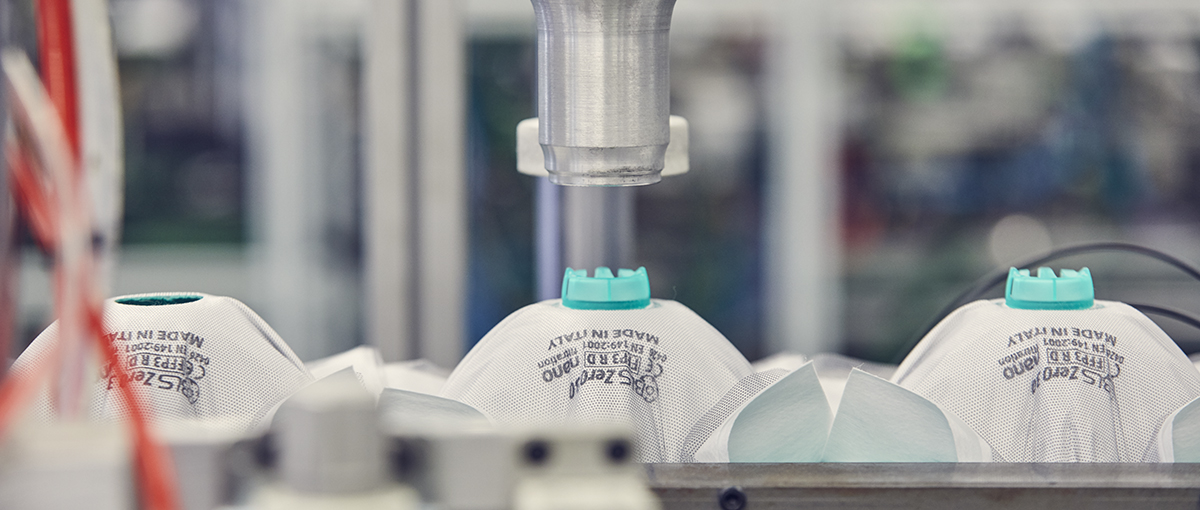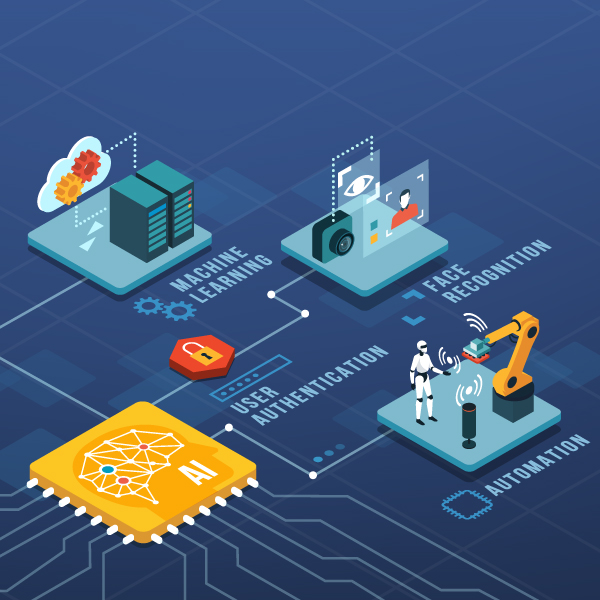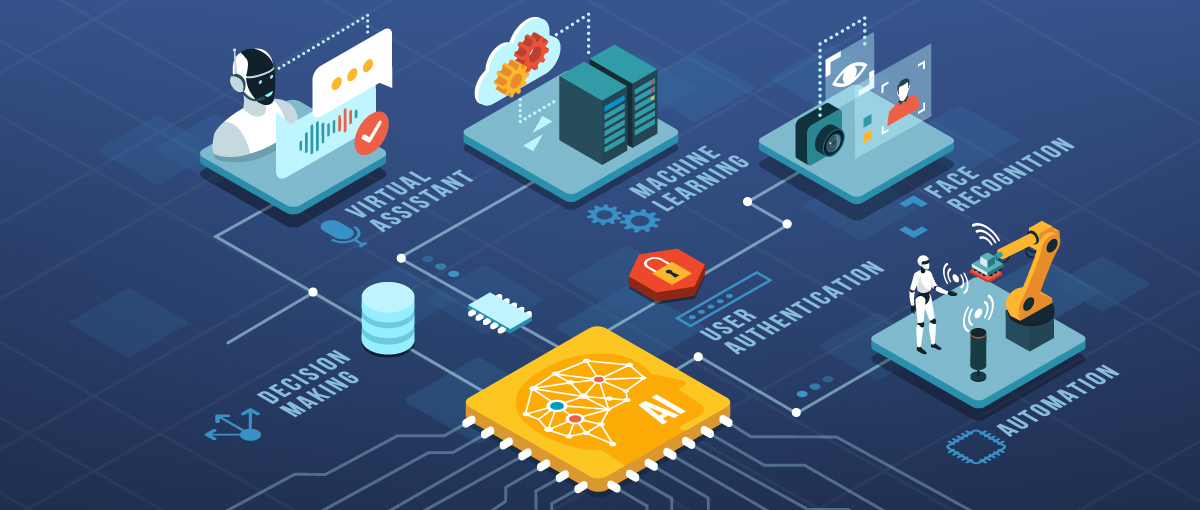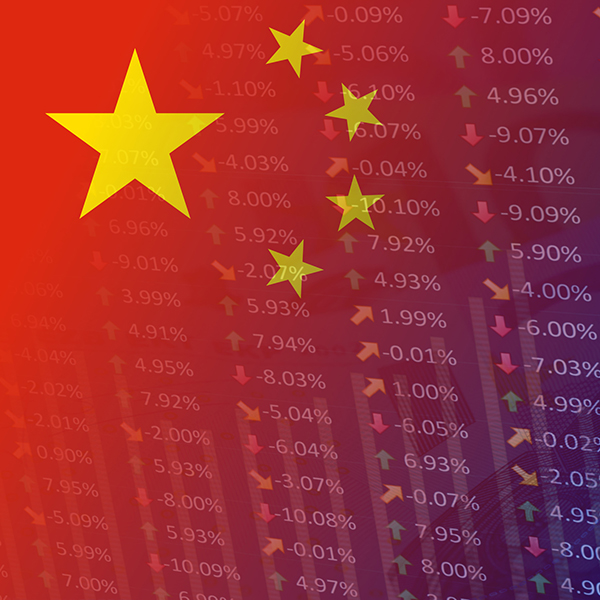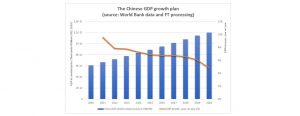
Not just a fact of modernity, good practices and work-life balance: smart working for companies is now a matter of survival.
Mariano Corso, Professor of Leadership and Innovation, Scientific Coordinator of the Smart Working Observatories and Cloud Transformation
What is smart working and at what stage is it at in Italy?
Smart working is a managerial philosophy based on the concept of restoring autonomy to workers, as well as giving them flexibility in the choice of workplace, working hours and tools to be used, and with more responsibility for the results. Too often smart working is confused with teleworking or is associated with welfare and mediation policies.
The real change that comes from smart working is much deeper than that: it is a shift from management based on presenteeism and control to management based on trust, cooperation, flexibility and delegation.
To undertake a smart working project, companies must operate around four key enablers: organisational policies on flexibility in working hours and workplace; digital technologies that expand and create a virtual work space; the physical layout of work spaces, which impacts working methods and may affect efficiency, effectiveness and wellbeing; and leadership styles and behaviour, associated with both the culture of the workers and their way of “living” their work, and the approach by managers to the exercise of authority and control.
Since 2017, Italy has had one of the most advanced legal frameworks for smart working in the world[1] and this practice is becoming increasingly widespread, especially in large organisations: in 2019, 58% had already introduced a structured project and 5% stated that they would introduce one within the next 12 months.
In SMEs, the spread of smart working initiatives is increasing and totals 12%; in these companies, the informal approach continues to be preferred and is followed by 18% of the sample.
Interest in smart working is also starting to grow in the public administration: structured projects have doubled from 8% to 16% since last year.
The number of smart workers is also increasing[2]: based on analysis performed on a statistically representative panel of workers, we estimate the figure to be around 570,000[3] people, 20% more than last year.
Why is there so much emphasis on smart working at the time of this health emergency?
The Covid-19 emergency has put smart working at the centre of political and media attention; this is because teleworking is a measure that enables compliance with the restrictions brought about by the current health emergency while at the same time ensuring business continuity.
What most people are starting to apply, however, is not “real” smart working, but rather an extreme and forced experience of “teleworking” where workers have no opportunity to choose where to work but are in fact forced to stay at home. Moreover, preparation for real smart working would require a transformation of the managerial model and the culture of the organisation, and radical innovation in the way work is designed and its relationship with the organisation. Specifically, according to the principles of smart working, workers should be encouraged to assume increasing autonomy in the choice of working methods, trying out new solutions and discovering how they measure up against the results. Such a cultural transition cannot happen quickly, though, as required by this emergency, but must be supported by communication, training and support initiatives.
The Covid-19 emergency has, however, been an extremely valuable test of organisational robustness and resilience. The companies and public administration departments that had already introduced models of smart working found themselves at an advantage and have much more easily absorbed the discontinuity. In many cases, they have proven to be surprisingly organised and resilient. In such organisations, many people already had the tools, skills and culture to enable them to work efficiently outside the business environment; moreover, the steps to be completed to allow other people to also work efficiently away from their workplace were already known (e.g. technology required, what type of access, what training to give, etc.).
Conversely, all those companies and public administration departments, which, due to cultural and organisational resistance, had refused to embrace this change, found themselves technologically, culturally and managerially unprepared and vulnerable in the face of the emergency. Many of these, despite having activities that could in theory be carried out remotely, forced people to continue working at their traditional workplace, exposing them to considerable risks and inconveniences. Others chose to cease activities, perhaps forcing people to take holidays or leave or resorting to lay-offs. Lastly, many have tried to “improvise” smart working, by asking people to work from home despite not having the culture, tools and skills in place.
Smart working after the coronavirus: never again without it!
What can we learn from this huge experiment with a new way of working? It should be emphasised once again that what organisations and people are experiencing is not “real” smart working, but a type of forced and extreme teleworking, which also brings with it some of the typical issues of teleworking: a feeling of isolation, difficulties with staying connected, and maintaining a work/life balance.
Yet despite the inevitable “forced nature” of this, organisations and people are carrying out a programme of training and awareness-raising which, in “normal” conditions would have taken years! Many people are learning to use innovative tools that enable joint working, to connect with and work together in teams whose members are in different places, and to maintain positive informal relationships via an array of digital devices. Many managers and workers, once sceptical about smart working, have realised how many activities, which they had always assumed required their presence in the office, can be done remotely via digital tools with equal or superior efficiency. In many cases, however, we have found ourselves appreciating or regretting office environments and situations that we often superficially took for granted.
We hope, therefore, that this emergency will not last long, but that at the end of it we will never look back! We hope that companies, public administration departments and society as a whole, will seize the opportunity, in light of this experience, to review their ways of organising production processes, spaces, and work and life patterns. We will then be able to return to smart working with even more vigour and maturity to tackle the many “everyday emergencies”: pollution, traffic, discrimination and, above all, the backwardness of a labour market, managerial culture and economy that need to be relaunched for the growth and good of our country!
__________________________
[1] Reference is made in particular to Law 81/2017 on Agile Working.
[2] For the purposes of the survey, smart workers were considered to be all employees that have flexibility and autonomy in their choice of working hours and workplace and who have digital tools suitable for working on the go, including outside company premises.
[3] Survey carried out on a sample of 1,000 workers. For more details see the methodology note.
